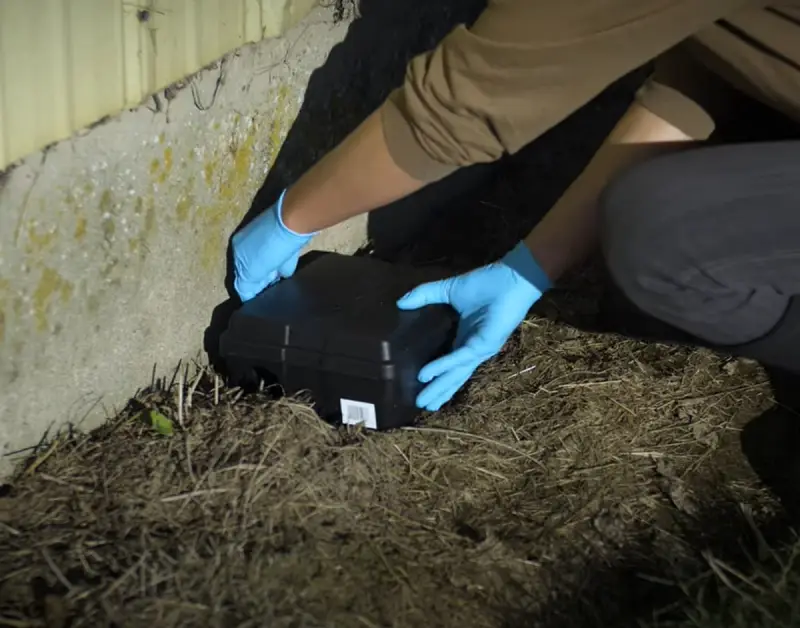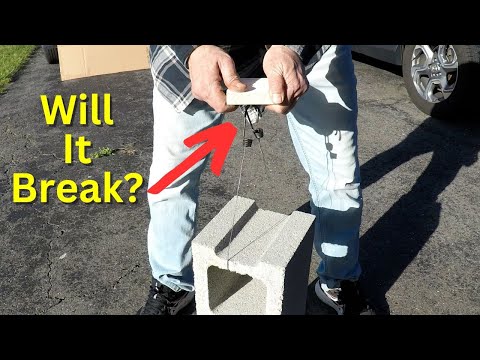
Understanding the Threat: Investigating the Dangers of Rodents in Our Environment
Rodents pose an enormous threat to both our environment and human health. These small creatures can carry and spread various illnesses, making them potential carriers. Furthermore, rodents contaminate their surroundings with urine, feces, and saliva which increases risk for disease transmission even further.
One of the main risks posed by rodents is their capacity to spread diseases. Rats and mice are notorious carriers of various pathogens such as Hantavirus, Leptospirosis Salmonellosis or even Bubonic Plague; these diseases may be spread directly by rodents or indirectly through surfaces or food sources contaminated with their bacteria; their presence dramatically increases the likelihood of these illnesses spreading among humans.
Rodent infestations can also cause extensive property damage. Rodents use their sharp teeth to gnaw on various materials such as wood, plastic pipes, electrical wires, insulation materials and even concrete structures – this causes structural integrity issues as well as fire hazards due to damaged wiring. Ignoring an infestation may result in costly repairs and potential safety risks; so don’t ignore it!
Health Consequences of Rodents: How Rodents Spread Disease and Pollute Our Environment
Rodents pose an imminent threat to our health as carriers of various diseases. They have the ability to spread these pathogens easily because of their close proximity to humans and tendency to pollute our surroundings, including by direct contact with urine, droppings, or saliva from rodents.
Hantavirus is one of the many diseases carried by rodents that can be transmitted to humans, potentially life-threatening illness that can range from fever and muscle pain to severe respiratory distress. Its transmission primarily happens via inhaling airborne particles contaminated with rodent excreta; rats and mice also harbor salmonella bacteria that can lead to food poisoning if ingested via food or water that has become contaminated.
Rodents not only spread diseases but they are also an active factor in polluting our environment. Their habit of chewing through anything they come across such as electrical wires and pipes increases property damage while increasing fire hazards and water leakages risks; furthermore, this constant chewing creates openings for other pests like insects to gain entry.
Rodents pose a significant threat when it comes to spreading diseases and polluting our surroundings, due to their proximity and propensity for contamination. Direct contact with rodent excrement can spread hantavirus (an illness with symptoms ranging from fever and muscle ache to severe respiratory distress) while salmonella bacteria carried by rats and mice can result in food poisoning should they come in contact with food sources that have been contaminated by rats and mice.
Furthermore, rodents contribute significantly to environmental contamination by not only transmitting diseases directly but also by their destructive behavior: chewing electrical wires or pipes for sustenance; this damage results in property loss but can also increase risks such as fire hazards or water leakage within affected areas. Moreover, their constant chewing creates openings that allow other pests such as insects to gain entry to our homes or buildings and further worsening this problem.
Property Damage from Rodent Infestations
Rodent infestations can wreak havoc on our properties, causing significant destruction if left unaddressed. Rodents’ instinctual need to gnaw on various materials in order to keep their teeth sharp can result in significant destruction; from chewing through electrical wires and insulation to chewing wooden structures and furniture; rodent infestations present an immediate threat to both homes and businesses alike.
One of the primary concerns associated with property damage caused by rodents is fire risk. Rodents often target electrical wiring when chewing through walls, attics or crawl spaces and this behavior compromises not only your home safety but also puts it at risk of potential fire hazards. Furthermore, damaged insulation due to rodent activity can reduce energy efficiency leading to higher utility bills.
Rat and mouse infestations can result in structural damage that requires costly repairs. Rats and mice are known for burrowing into walls, floors, ceilings and searching for food sources in your home or building’s walls and floors – over time this weakening the structural integrity of its walls, floors, and ceilings – creating nests or food sources, thus weakening its structural integrity and weakening its structure over time. Left unchecked over time this damage may become even more severe, necessitating costly renovations.
Signs of Infestation: Recognizing Red Flags and Acting Swiftly
Rodent infestations can have disastrous repercussions if left unaddressed quickly. Recognizing red flags of an infestation early can help take swift action to limit further damage, such as the presence of droppings. Rodents like rats and mice leave behind pellets or droppings which often appear around their nesting areas or regular pathways, suggesting there might be an infestation present.
Gnaw marks on various surfaces are another telltale sign of infestation. Rodents’ teeth continually grow, so they need to chew constantly on objects to keep their sharp teeth in check and keep their gums short. Look out for evidence of chewed-through areas on furniture, walls, electrical wires and food packaging – these marks could appear as small holes or scratches.
Unpleasant odors may also indicate the presence of rodents. Their urine and droppings emit an unpleasant odor which becomes increasingly noticeable as their population increases. If you detect any suspicious scents in your home or business premises – especially hidden areas like attics or crawl spaces – it’s vital that further investigations take place for potential rodent activity.
By staying aware of these telltale signs – droppings, gnaw marks and unpleasant odors – it’s possible to identify potential rodent infestations before they become major problems. Don’t ignore warning signs; take swift action immediately in order to protect your property and mitigate health risks caused by rodents spreading diseases in our environments.
Common Rodent Species: Recognizing the Sources of Mayhem
One common rodent species known for creating havoc is the house mouse (Mus musculus). These small creatures are notorious for rapidly reproducing, with female house mice capable of giving birth up to 35 offspring per year! These highly adaptable rodents can thrive in various environments and pose a constant threat in both residential and commercial spaces alike; their voracious appetite makes them a serious problem that often compromises food meant for humans or pets, not to mention their constant gnawing can damage structures and electrical wiring causing significant fire risk!
Norway rats (Rattus norvegicus), also referred to as sewer rats or brown rats, are another key contributor to rodent infestation. Commonly referred to as sewer rats or brown rats, these larger than house mice creatures boast strong teeth capable of chewing through wood, plastic, and metal surfaces with ease. Norway rats also make excellent burrowers and often create extensive underground tunnels around buildings or gardens near them – creating health risks such as leptospirosis, salmonellosis, and hantavirus pulmonary syndrome with their presence alone!
Roof rats (Rattus rattus), commonly referred to as black rats due to their dark fur coloration, are adept climbers with exceptional balance who prefer high places such as roofs or attics for nesting purposes. As flexible rodents they typically enter buildings through gaps in walls or roofs or through holes left open from openings on either roof; leaving droppings behind while searching for sustenance.
Understanding the types of rodent species responsible for infestations is vital in formulating effective rodent control strategies tailored specifically towards each pest’s behavior pattern. By quickly recognizing and taking swift action against them, we can decrease property damage risks while protecting ourselves against diseases carried by these unwanted invaders.
Opting for Professional Rodent Control: An Effective Solution
To address a rodent infestation effectively, professional services of rodent removal providers are your most efficient bet. Rodents, infamous for their ability to infiltrate even the tightest crevices, can quickly transform from being an annoying nuisance into a major health and structural risk. While DIY solutions might appear cost-effective at first glance, they often fail to address underlying issues and result in repeated infestations. Professional rodent control services possess the skills and tools needed to quickly locate entry points, assess the severity of an infestation problem, and develop tailored solutions. By employing humane trapping methods, exclusion techniques, and effective baiting strategies, professionals provide homeowners with effective rodent control services that not only eliminate existing populations of rodents but also implement preventative measures against future invasions. By engaging qualified rodent control services for their living spaces homeowners can ensure both health and integrity are preserved while sidestepping potential risks associated with handling toxic substances or inadequate removal attempts.
Call Pest Therapy for free rodent control estimate. Need an inspection? We can help with that too!
Rodent Rampage: The Importance of Swift Rodent Control was first seen on https://pesttherapytx.com/





More Stories
Effective Spider Control Strategies, Facts and Prevention
Watering 101…No Need To Over Complicate Things!
Limited Growing Space Does Not Have to Mean Limited Color!